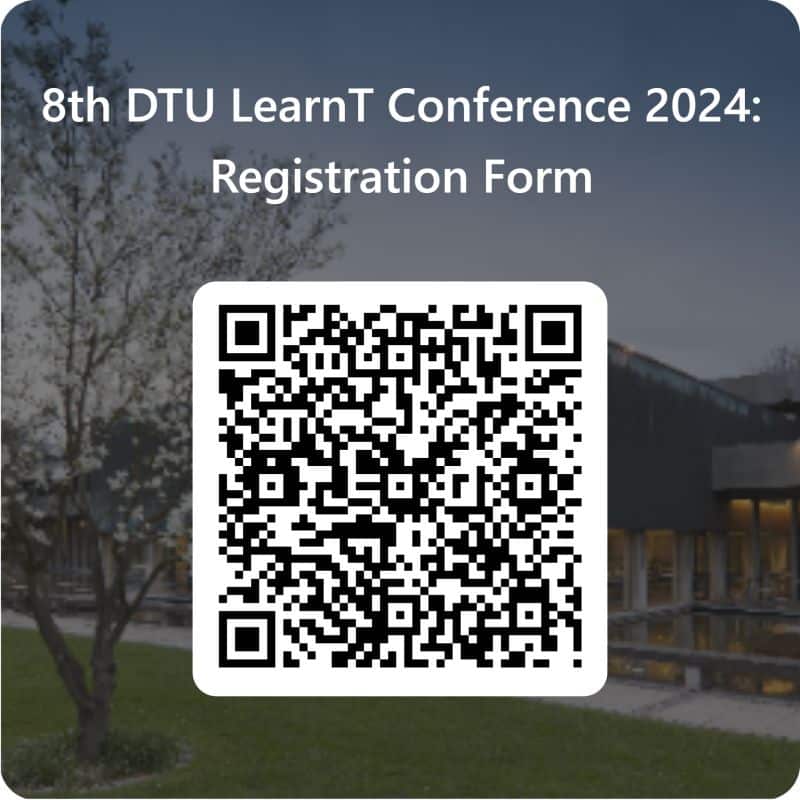In the competitive landscape of SaaS, scaling effectively while maintaining user engagement and motivation is a significant challenge. Gamified training has emerged as a powerful strategy to address these issues. This blog post delves into the psychology behind gamification, explores winning strategies, and provides actionable insights to help SaaS companies leverage gamified training for scaling success.
The Psychology Behind Gamification in SaaS: A Deep Dive
Understanding the psychological principles behind gamification is crucial for designing effective gamified elements in SaaS products. Gamification leverages intrinsic and extrinsic motivators to enhance user engagement and satisfaction.
Self-Determination Theory (SDT) emphasizes the importance of autonomy, competence, and relatedness in motivating individuals. By incorporating elements that allow users to make choices, achieve mastery, and connect with others, SaaS products can significantly boost user motivation.
Flow Theory focuses on creating an optimal experience where users are fully immersed in tasks that balance challenge and skill. Gamified elements that provide clear goals, immediate feedback, and progressively challenging tasks can help users achieve a state of flow.
Dopamine-driven feedback loops are another critical aspect. These loops leverage the brain’s reward system to create habits and reinforce positive behaviors through rewards and recognition.
Winning Strategies: Leveraging Sports Tactics for SaaS Gamification
Sports tactics offer valuable insights for designing engaging gamified elements in SaaS products. Key strategies include goal setting, team collaboration, and continuous improvement.
Goal setting and achievement are fundamental in sports and can be applied to SaaS gamification by setting clear, achievable goals and rewarding users for reaching them. This approach enhances motivation and provides a sense of accomplishment.
Team collaboration and competition can be leveraged by encouraging users to work together towards common goals or compete in friendly challenges. This fosters a sense of community and drives engagement.
Continuous improvement and feedback are essential for maintaining user interest. Providing regular feedback and opportunities for users to improve their skills keeps them engaged and motivated.
Beyond Basics: Mastering Advanced Gamification Techniques in SaaS
While basic gamification techniques like points, badges, and leaderboards are effective, mastering advanced techniques can take user engagement to the next level.
Personalized gamification involves tailoring challenges and rewards to individual users based on their preferences and behavior. This approach enhances relevance and engagement.
Social gamification focuses on building a community around the product. Features like social sharing and collaborative challenges foster a sense of belonging and competition.
Narrative-driven gamification uses storytelling elements to create immersive experiences. By incorporating narratives, SaaS products can make tasks more engaging and meaningful.
Ethical Gamification in SaaS: Avoiding Common Pitfalls
Ethical considerations are crucial in gamification to ensure user well-being and avoid manipulative tactics. Transparency, honesty, and a balance between intrinsic and extrinsic motivation are key guidelines.
Manipulative tactics such as exploiting psychological vulnerabilities can lead to negative user experiences and should be avoided. Instead, focus on creating value and enhancing user satisfaction.
Over-reliance on extrinsic rewards can undermine intrinsic motivation. It’s essential to balance rewards with elements that foster intrinsic motivation, such as autonomy and mastery.
Privacy and data security concerns must be addressed by ensuring that user data is handled responsibly and transparently.
Key Takeaways: Summarizing SaaS Gamification Insights
Gamification in SaaS offers numerous benefits, including increased user engagement, enhanced learning and retention, and improved user satisfaction and loyalty. Key psychological principles such as SDT, Flow Theory, and dopamine-driven feedback loops underpin effective gamification strategies.
Successful gamification involves setting clear goals, fostering collaboration and competition, and providing continuous feedback. However, ethical considerations are crucial to avoid manipulative tactics and ensure user well-being.
Future trends in SaaS gamification include the integration of emerging technologies like AI, AR, and blockchain, as well as a focus on personalization, social gamification, and mobile-first experiences.
Latest Trends in SaaS Gamification: What You Need to Know
Staying updated with the latest trends in SaaS gamification is essential for maintaining a competitive edge. Emerging technologies like AI, AR, and blockchain are transforming gamified experiences by enabling more personalized, immersive, and secure interactions.
Personalization and customization are becoming increasingly important as users expect tailored experiences. Leveraging AI to analyze user behavior and preferences can help create more relevant and engaging gamified elements.
Social and community-driven gamification is gaining traction as users seek more interactive and collaborative experiences. Features like social sharing and community challenges foster a sense of belonging and competition.
Mobile-first gamification is essential as more users access SaaS products on mobile devices. Designing gamified elements that are optimized for mobile can enhance user engagement and satisfaction.
Defining Gamification in SaaS: An In-Depth Explanation
Gamification involves incorporating game-like elements into non-game contexts to enhance user engagement and motivation. In SaaS, gamification can drive user adoption, retention, and satisfaction.
Key components of gamification include points, badges, quizzes, rewards, and incentives. These elements leverage psychological principles such as motivation, behavioral psychology, and feedback loops to create engaging experiences.
The benefits of gamification in SaaS are numerous, including increased user engagement, enhanced learning and retention, and improved user satisfaction and loyalty. Examples of gamification in SaaS include educational platforms, corporate training programs, and customer engagement tools.
Step-by-Step Guide: How to Effectively Gamify Your SaaS Product
Effectively gamifying a SaaS product involves several key steps:
Define Objectives: Identify goals and desired outcomes and align gamification with business objectives.
Understand Your Users: Conduct user research and segment users based on demographics and behavior to inform the gamification design.
Design Gamified Elements: Choose appropriate game mechanics, create engaging quizzes and rewards, and incorporate feedback loops.
Develop and Implement: Integrate gamification into the product, ensure a seamless user experience, and test and iterate.
Measure and Optimize: Define key performance indicators (KPIs), use analytics tools to track performance, and continuously optimize based on feedback.
Wrapping Up SaaS Gamification Best Practices
Gamification in SaaS offers numerous benefits, including increased user engagement, enhanced learning and retention, and improved user satisfaction and loyalty. By understanding the psychological principles behind gamification and leveraging advanced techniques, SaaS companies can create engaging and effective gamified experiences.
However, ethical considerations are crucial to avoid manipulative tactics and ensure user well-being. Staying updated with the latest trends and continuously optimizing gamification strategies can help SaaS companies maintain a competitive edge.
We encourage SaaS companies to explore gamification and experiment with different strategies to find what works best for their users. By prioritizing user engagement and satisfaction, SaaS companies can achieve sustainable growth and success.
Ready to start gamifying your SaaS product using the uQualio Video-Based Learning Platform?
uQualio’s video-based training platform takes gamification to the next level, offering interactive and engaging features that make learning fun and effective. With uQualio, you can create a dynamic training environment that motivates users, boosts retention, and drives performance. Experience the power of gamified learning and see how it can transform your training programs.
Don’t miss out—join uQualio’s Free Trial today and start your journey towards enhanced user engagement and success!
Achieve Effective & Affordable Video Training
– uQualio is an award-winning, easy-to-use, all-in-one NextGen LMS software for any types of online video training.












